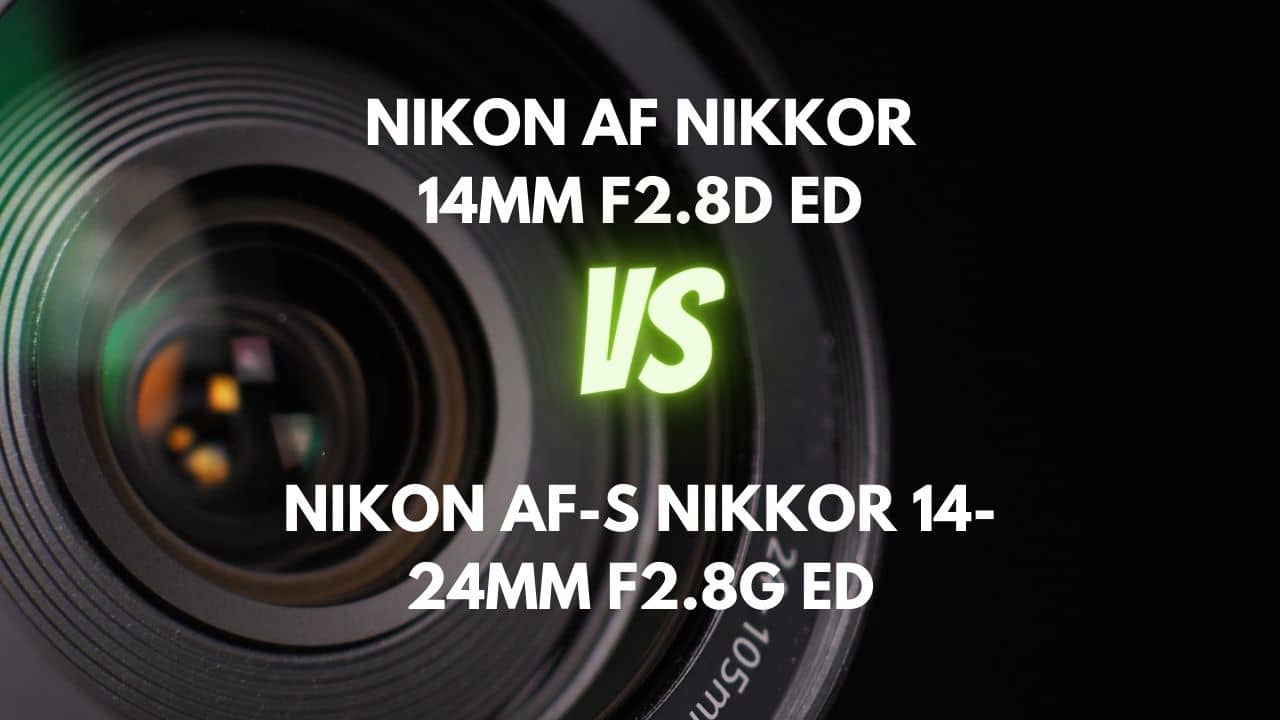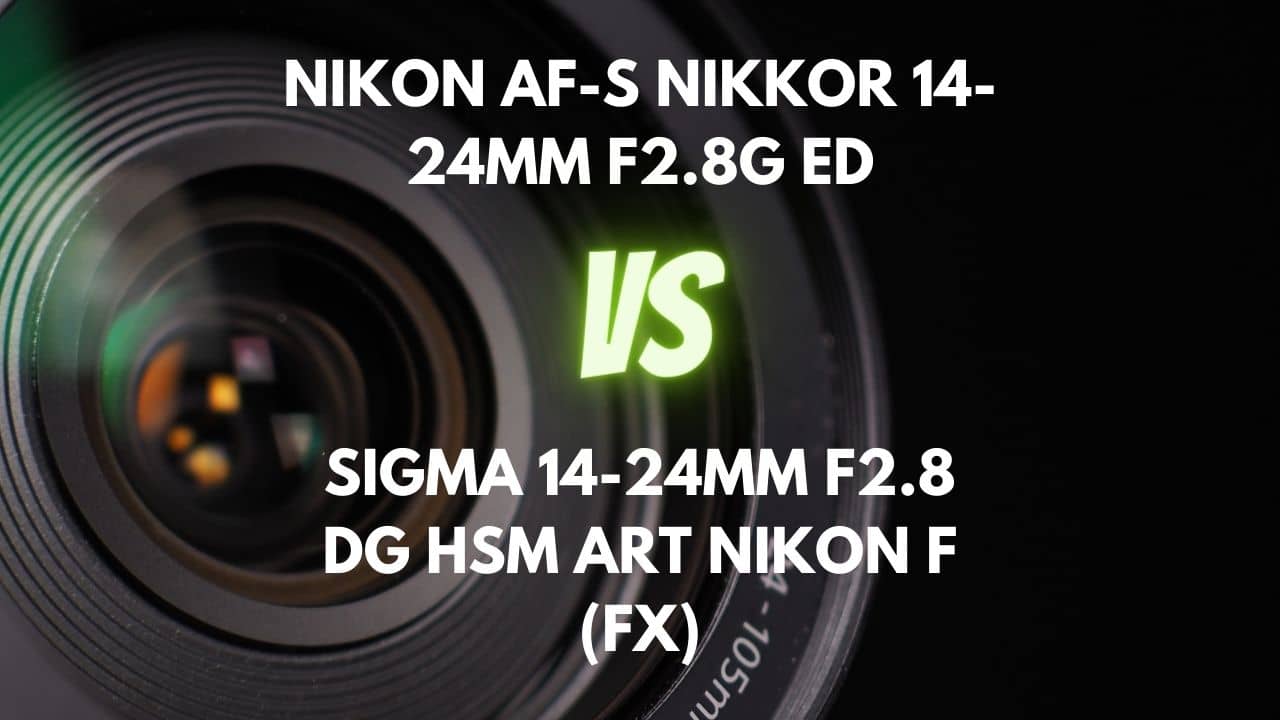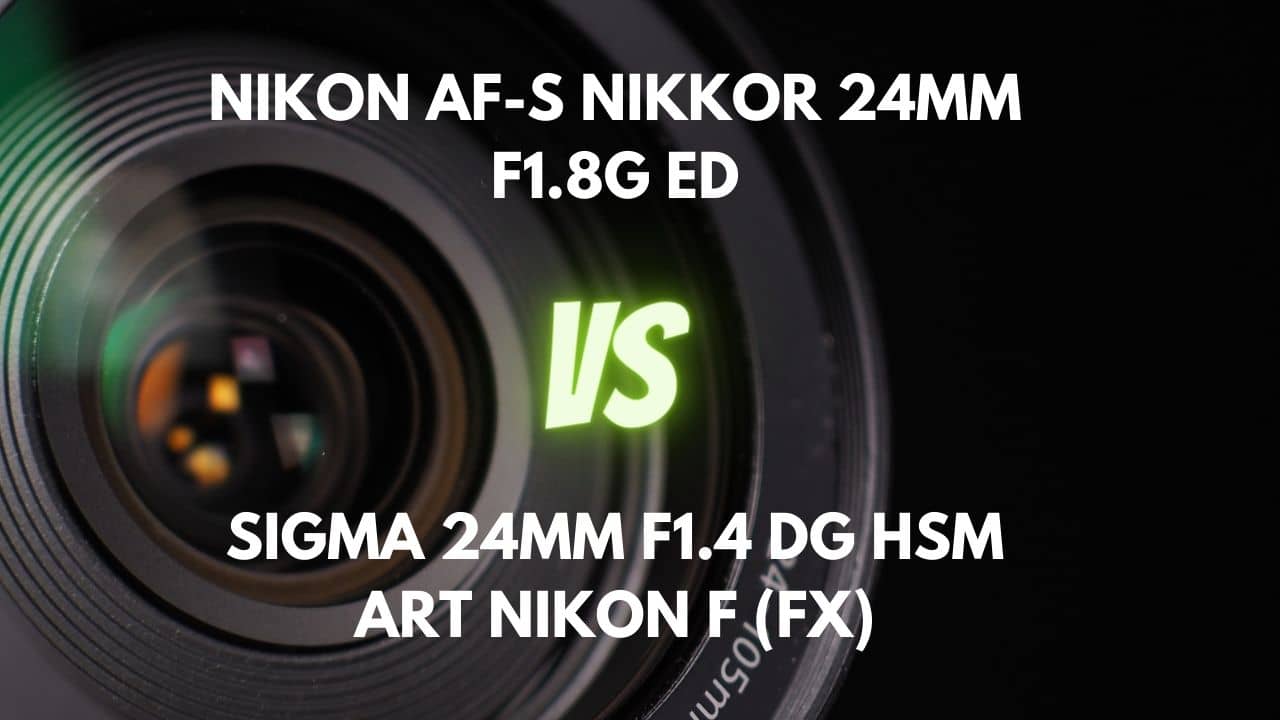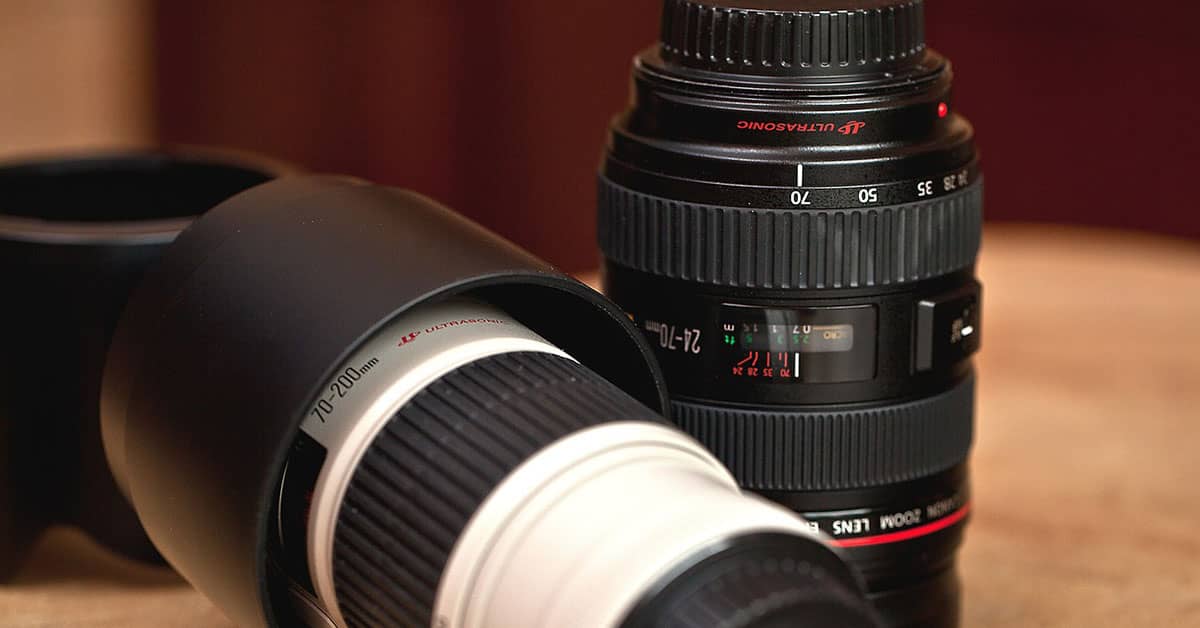Sigma has been making a series of high-quality lenses for popular lens mounts. They make lenses for the Canon EF, the Nikon F mount, the Sony E mount, and their proprietary SA mount.
Today, we’re going to discuss two fantastic lenses — the Sigma 14mm f/1.8 DG HSM ‘Art’ and the Sigma 14-24mm f/2.8 DG HSM ‘Art.’ These are two very closely matched lenses. We’ll pit them together and see which one is the better of the two. Let’s get started.
Overview
Let’s look at these two lenses first and learn about them.
Sigma 14mm f/1.8 DG HSM ‘Art.’
The Sigma 14mm f/1.8 DG HSM Art is the widest aperture 14mm lens. It has a huge bulb-like front element that showcases the 114.2-degrees angle of view possible with this lens. Though this lens is designed for the full-frame camera, you can also mount this lens onto a crop camera with the equivalent crop factor and extended effective focal length.
This lens has an effective focal length of 21mm on a crop camera. The lens can also be mounted on mirrorless cameras with the right mount adapter. 21mm is still a decently wide-angle lens, but not in the same league as the 14mm. Your compositions will be a bit tighter on a crop camera.
The lens’s wide angle of view makes it ideal for capturing spectacular panoramic vistas. This is a good lens for capturing landscapes, weddings, group shots, and anything and everything where a wide-angle view is welcome. The fast wide aperture and wide angle of view make a good lens for shooting astrophotography.
The lens’s fast wide aperture helps capture images in dark conditions. Weddings are one aspect where this lens will come in handy because wedding venues are seldom brightly lit, and you can experiment with this lens and make full use of the f/1.8 aperture.
Wide-angle lenses such as the 14mm are seldom used to shoot portraits. Because of barrel distortion, the edges of the frames are stretched, distorting facial features. However, there is a way to bypass that. As long as you keep the subject at the center of the frame, you will not have the issues of barrel distortion distorting the facial features.
In terms of construction, the lens is well-built and feels solid. The lens barrel is made from a combination of metal and tough plastic. Weather sealing ensures that the lens can withstand the vagaries of nature if you expose it to the outdoors.
The barrel also features a focusing distance indicator, a manual focusing ring, and an Auto to Manual focusing flip switch. The manual focusing ring is very smooth and is well damped. The focusing distance indicator offers an easy view of the lens’ focusing distance.
The front element I was referring to is vast and feels quite heavy. This is a very heavy lens for a 14mm optic. It weighs 1170 grams (41 ounces).
That said, the front element is poorly exposed. Once you remove the front cover of the lens that slides in and out of the permanent front hood, it feels that the front element can easily get damaged. That also reminds me there is no way to use a standard screw-in filter with this lens. In terms of performance, the lens is very sharp towards the middle of the frame, even when shooting wide open at f/1.8. The contrast is excellent, and there are few chromatic aberrations. The corners are, however, not as sharp as the middle of the frame. There is a slight bit of softness which is apparent.
However, this can be overcome by stopping the lens and using a smaller aperture. Corner sharpness improves dramatically if you stop down the lens to f/2.8 and f/4. Also, peripheral brightness improves when you stop down the lens.
With a crop camera, the lens is very sharp and reveals exceptional detail at the center of the frame and the corners.
Sigma 14-24mm f/2.8 DG HSM’ Art.’
Regarding wide-angle zoom lenses, not many lenses can hold their own against the Sigma 14-24mm f/2.8 DG HSM Art lens. This lens is aimed at users who might think that the OEM option, such as the Nikkor AF-S 14-24mm f/2.8 G ED is better.
This third-party option is about 300 dollars less expensive than the nearest OEM version. Also, you should note that the Nikon lens is ancient. It was launched back in 2007 when the Nikon D3 camera was about. Comparatively, the Sigma Art lens is a modern design.
In this discussion, we’ll be looking at the features of this lens and figuring out the advantages and disadvantages of this lens.
Before this, Sigma launched a 12-24mm f/4 DG HSM Art lens. This lens does not have a different focal length range, but Sigma has also improved the maximum aperture. This lens has a maximum aperture of f/2.8 that’s constant across the focal length.
Also, remember that this is an Art series lens and therefore promises a better build quality than traditional non-Art lenses.
The fast f/2.8 aperture captures a lot of light, just like the Sigma 14mm f/1.8 DG HSM ‘Art’ discussed above. You would be able to use this lens for shooting wide-angle compositions.
This is a good lens for landscape photography, astrophotography, capturing weddings, and anything and everything that requires a wide angle of view. You can also use this lens for architectural photography. This is an excellent lens for capturing the interiors of a space. For example, if you are attending a church wedding, you can use this lens to capture expansive vistas inside the church. Something impossible to capture using telephoto lenses or even standard lenses.
Thanks to the wide aperture, this lens can also capture a bit of background and foreground blur.
Although not suitable for portrait photography in the usual sense, you can bypass the limitations of perspective distortion by not trying to fill the frame with a subject’s face if you keep the subject towards the center of the frame and leave space around the subject. That way, the effects of perspective distortion will not affect the images. In other words, these lenses are ideally suitable for environmental portraits.
The construction of this lens includes 17 elements arranged in 11 groups and includes three FLD elements and three SLD elements. This is a weather-sealed design and comes with a metal lens mount. The weather sealing ensures that the lens can withstand the vagaries of nature and be used in any weather conditions.
Autofocusing on the lens is powered by a Hyper Sonic motor-powered autofocusing technology. The system is reasonably fast and accurate. The manual focusing ring feels tighter than the Sigma 14mm f/1.8 DG HSM ‘Art’. I don’t know why this happens. But the manual focusing ring feels very tight compared to the other lens and even when compared to the Nikkor AF-S 14-24mm f/2.8 G ED.
Regarding image quality, the lens is very sharp right at the center of the frame, even when working at wide open f/2.8 aperture. Sharpness increases slightly when the lens is stopped down at f/4. The corners look very good when shooting at 14mm. Corners deteriorated as the lens zoomed to 24mm.
Comparison by features
According to the test results, 14-24mm f/2.8 is sharper at all f-stops than 14mm f/1.8 prime. And of course, one zooms, and the other does, and that’s the significant difference between these two lenses. The angle of view of the 14mm prime is 114.2-degrees, and that of the 14-24mm varies between 114.2-degrees and 84.1-degrees.
Recommendations: which one is best for which scenarios
If you’re doing weddings, events, and architecture photography, the 14-24mm lens is better suited than the 14mm prime because the 14-24mm gives you way more flexibility than the 14mm work.
The 14mm is better suited as a dedicated landscape, cityscape, and architecture photography. And it offers more light at 14mm because of its bigger aperture.
But it would help if you remembered that to work with the 14mm, you will have to use your feet much more. With the 14-24mm, you have more leverage because you can use the zoom function.
Conclusion
Both the 14mm prime and the 14-24mm primes are great pieces of glass. Both of them are equally good when it comes to shooting at 14mm. Thanks to the vast angle of view and the wide open aperture. Both these lenses can capture a splendid large slice of the scene in front, and both are equally good when it comes to shooting in low light conditions.
If you really want a slightly better image quality, choose 14-24 zoom. And if a big aperture is your priority, choose 14mm prime.






